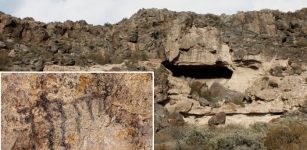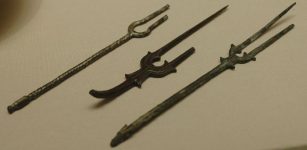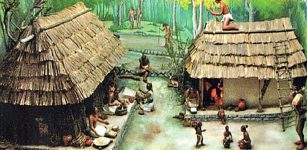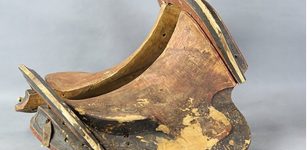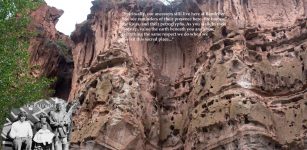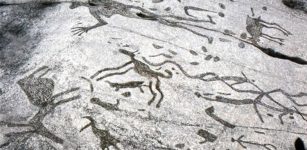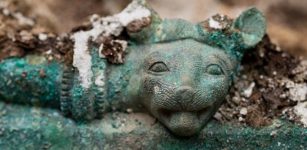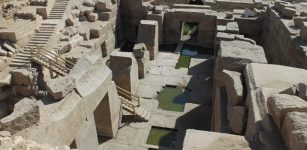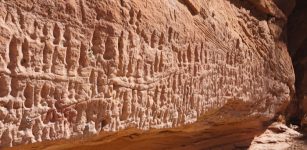Egyptian King Seti I Documented His 3300-Year-Old Accomplishment On Triumphal Stele
Conny Waters - AncientPages.com - How could a 3300-year-old story be commemorated and published millennia before televisions, radios, or posts were invented?
The Egyptian Pharaoh Seti I provides a concise guide.
The large stele in the picture depicts King Seti I (on the left) making an offering to Amun, the father of the gods (on the right). Image credit: Israel Antiquities Authority
Today we have the advantage of sharing interesting and exciting events with the rest of the world by simply pressing a button. In the past, however, disseminating a message was no small feat, requiring a great deal of effort. Some people, and more specifically, some rulers used wall paintings, hilltop beacons, seals, or statues, while others opted for setting up a “stele.”
A stele is an upstanding large engraved stone monument that narrates a story, commemorates an event or conveys a message.
For example, two steles (or more exactly, stelae in the plural) discovered at Beth Shean almost a century ago in the archaeological excavations directed by the University of Pennsylvania, bear the name of the Egyptian King Seti I, who ruled Egypt in the 13th century BCE, about 3,300 years ago, when Canaan was underEgyptian rule and Beth Shean was an important Egyptian administrative center.
“Pharaoh Seti I chose to document his accomplishments by setting up triumphal monuments,” explains Dr. Yitzhak Paz of the Israel Antiquities Authority.

Relief sculpture of Seti I at the Abydos Temple - Credit: Aidan McRae Thomson - CC BY-SA 2.0
“Conquering cities was a prevalent theme in Egyptian military campaigns. Interestingly, the stelae found in Beth Shean account Seti’s campaigns against rebellious groups, who disrupted the Egyptian domination of Canaan. They were so disruptive that he had to allocate resources to quell the rebellions.”
The hieroglyphic inscriptions on the stelae mention two groups, designated “the wretched ones”: the ‘Amu, a name referring to nomadic tribal groups, and the ‘Apiru (Habiru), an outlaw group of individuals expelled from society. The large stele in the picture depicts King Seti I (on the left) making an offering to Amun, the father of the gods (on the right).
The scene depicted is surprising, identifying King Seti I with the god Seth, who was attributed with the power of chaos, rather than with the god Amun-Re, the sun god, who was specifically identified with the Ramesside Dynasty.
“It is possible that King Seti was concerned with depicting himself in a specific way, associating himself with the world of the normative Egyptian gods that were linked with the Pharaonic dynasty,” concludes Paz.
The stele in the picture is on permanent exhibit at the Rockefeller Museum in Jerusalem, and visitors are welcome!
Written by Conny Waters - AncientPages.com Staff Writer


